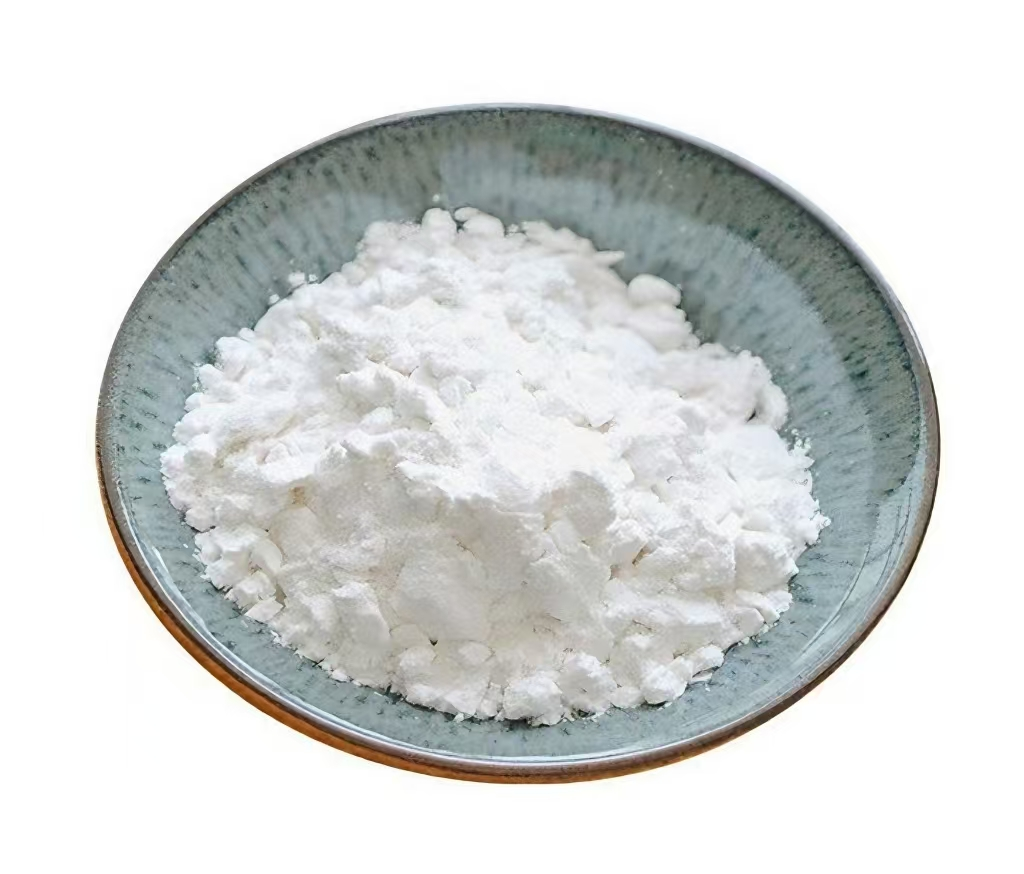
Several common synthetic pathways are outlined below:
Ⅰ. Direct Bromination Method
Benzene is reacted with liquid bromine in the presence of a catalyst (such as iron powder or iron(III) bromide) to selectively produce 1,3,5-Tribromobenzene by carefully controlling reaction parameters (including temperature and bromine quantity). This method may yield various brominated by-products; thus, subsequent separation and purification steps are necessary.
 Ⅱ. Indirect Synthesis Method
Ⅱ. Indirect Synthesis Method
Nitrobenzene is first nitrated to form nitrobenzene and subsequently reduced to aniline. The reaction of aniline with bromine water yields 2,4,6-Tribromoaniline. This tribromoaniline is then converted into diazonium salt before being transformed into 1,3,5-Tribromobenzene through a reduction reaction. Although this method involves more steps, it may offer greater selectivity.
Ⅲ. Other Advanced Synthesis Methods
Recent advancements in organic synthesis technology have introduced new and potentially more efficient methods for synthesizing 1,3,5-Tribromobenzene. These innovative approaches may employ specific catalysts or solvents and optimize reaction conditions to enhance yield and selectivity.
It is important to note that the choice of synthesis method depends on factors such as production scale, source of raw materials, cost considerations, and purity requirements for the target product. In practical applications, the most suitable synthetic route is generally selected based on specific circumstances.